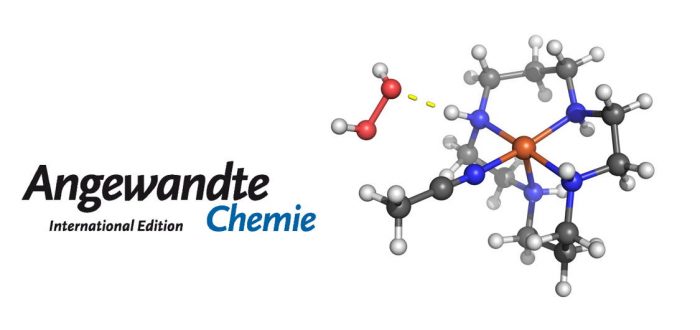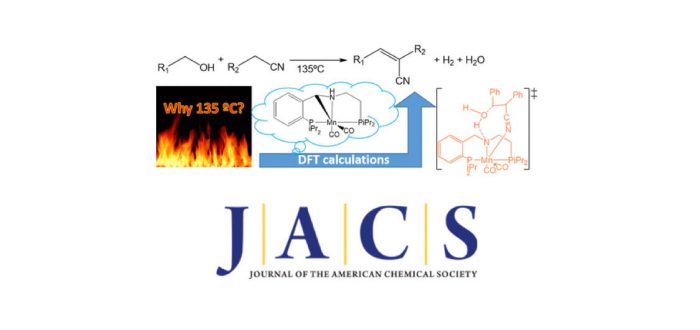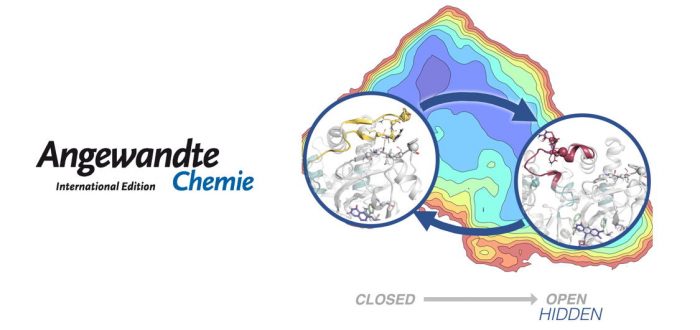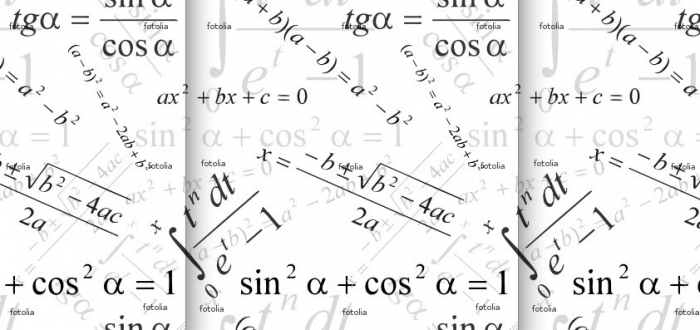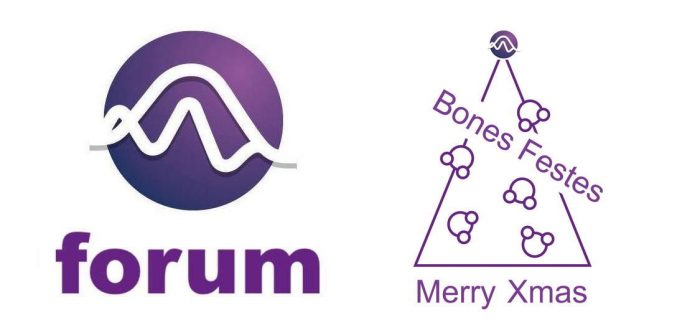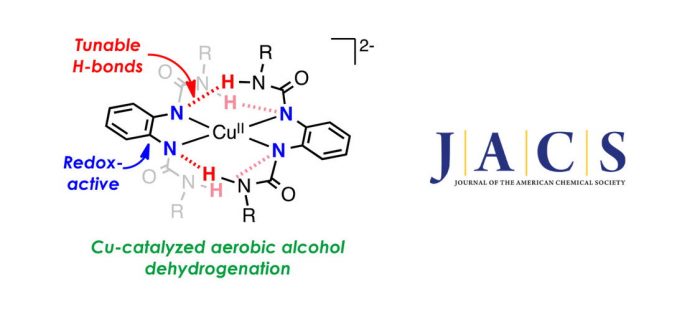Oxoiron(IV) species are the active oxidants in catalytic oxidation reactions by nonheme iron enzymes, but have been rarely captured and/or identified as the actual oxidizing species in catalytic epoxidation or hydroxylation reactions involving synthetic nonheme iron complexes. We now report the generation of a nonheme oxoiron(IV) intermediate, [(cyclam)FeIV(O)(CH3CN)]2+ (2; cyclam = 1,4,8,11-tetraazacyclotetradecane), in the reactions
- sec.iqcc@udg.edu
- +34 972 41 83 57
News
A pure computational paper by Miquel Solà, Albert Poater and co-workers has been undertaken to favour the generation of H2, once known experimentally by Milstein and coworkers that Mn-pincer could catalyze the acceptorless dehydrogenative coupling of nitriles and alcohols to yield acrylonitriles. The reaction mechanism proposed in that work contained some intermediates that, in most
After some recent papers in Nature, and Nature by members of the IQCC, and in Nature and Science by former IQCC members, right now we have a new entry: Today a former IQCC member (Davide Angelone) published in Science, with the publication of “Organic synthesis in a modular robotic system driven by a chemical programming language”. Davide defended his
Starting 1stJanuary 2019, Olga A. Stasyuk has become a Juan de la Cierva-formación postdoc researcher of the Institute of Computational Chemistry and Catalysis (IQCC) working in the DiMoCat group. Dr. Stasyuk obtained her PhD at the Warsaw University of Technology in 2015. During her doctoral studies under the supervision of Prof. Halina Szatylowicz, she investigated the
Today appeared in Angewandte Chemie a paper by Sílvia Osuna and co-workers where they used Markov state models to discover hidden conformations. Enzymes exist as an ensemble of conformational states, whose populations can be shifted by substrate binding, allosteric interactions, but also by introducing mutations to their sequence. Tuning the populations of the enzyme conformational
Eduard Matito was graduated in Chemistry at the University of Girona and he performed the PhD in the former Institut de Química Computacional (IQC) under the supervision of Prof. Miquel Solà and Prof. Miquel Duran in the field of computational chemistry and method development. Then, he worked as a postdoctoral investigator in the groups of
This Thursday (Dec. 20, 11.00-13.30h) will take place the second edition of the IQCC Forum, a quarterly meeting-place where high-quality science will be discussed. The IQCC Forum provides the opportunity for young researchers (and more advanced researchers) to present their work to a wide audience. This will lead to better knowledge of the work that is being performed
Yesterday Alicia Casitas received formally the LaCaixa Junior Group Leader certificate, which she had obtained earlier this year, and which allowed her to start her independent research line at the IQCC. She started working in July, and will be working on “Sustainable Chemical Processes with Earth-Abundant Metals”. During the ceremony Alicia was interviewed (in Spanish)
Today, Marcel Swart, Isaac Garcia-Bosch and co-workers report on catalytic aerobic oxidation of alcohols by copper complexes bearing redox-active ligands with tunable H-bonding groups. They describe the structure, spectroscopy, and reactivity of a family of copper complexes bearing bidentate redox-active ligands that contain H-bonding donor groups. Single-crystal X-ray crystallography shows that these tetracoordinate complexes are stabilized
Today, Miquel Costas and co-workers reported in JACS on the trapping of Fe(III)=oxo species. Terminal non-heme iron(IV)-oxo compounds are among the most powerful and best studied oxidants of strong C-H bonds. In contrast to the increasing number of such complexes (>80 thus far), corresponding one-electron-reduced derivatives are much rarer and presumably less stable, and only two

